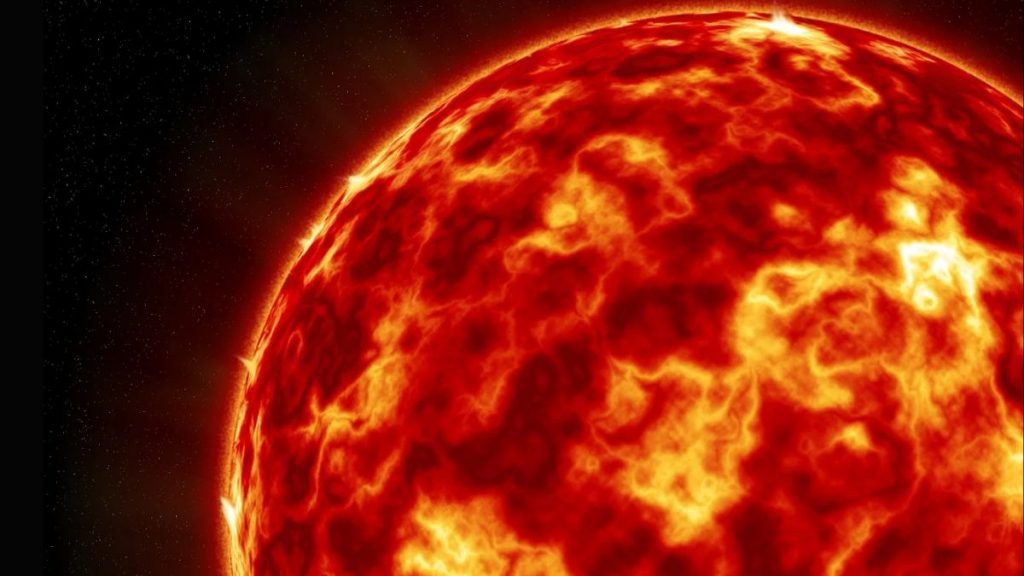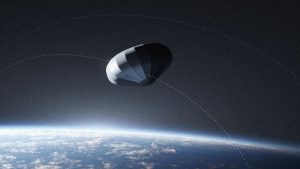NASA’s PUNCH Mission Set to Track the Sun’s Corona and Solar Wind in 3D

A new space mission designed to study the Sun’s outer atmosphere and track space weather in three dimensions is set to launch this month. NASA’s Polarimeter to Unify the Corona and Heliosphere (PUNCH) mission, consisting of four small satellites, is scheduled to be sent into orbit aboard a SpaceX Falcon 9 rocket on February 27. This mission aims to investigate the transformation of the Sun’s corona into the solar wind, the stream of charged particles that extends throughout the solar system. The data collected could improve understanding of solar wind dynamics and space weather forecasting, which has implications for Earth’s power grids and satellites.
Mission Objectives and Scientific Goals
According to reports, PUNCH is the first initiative specifically designed to bridge the gap between solar physics and solar wind physics. The mission will study how the Sun’s outer atmosphere transitions into the heliosphere—a vast region shaped by the solar wind that encases the solar system. Joe Westlake, Director of NASA’s Heliophysics Division, stated that this mission will provide a continuous observation of the Sun’s corona and its influence on space weather.
How PUNCH Works
PUNCH will consist of four satellites working together to create 3D observations of the heliosphere. Craig DeForest, the mission’s principal investigator at the Southwest Research Institute, explained that three of these satellites will be equipped with wide-field imagers to capture detailed views of solar wind structures. A fourth satellite, developed by the Naval Research Laboratory, will use a narrow-field imager to create an artificial total solar eclipse, allowing continuous monitoring of the Sun’s corona in high definition.
Advancements in Space Weather Forecasting
This mission is expected to enhance space weather forecasting by enabling real-time tracking of solar storms. According to Nicholeen Viall, a mission scientist at NASA’s Goddard Space Flight Center, PUNCH’s ability to capture polarized light will allow scientists to determine the 3D location of solar wind structures. This could improve predictions of geomagnetic storms, which have the potential to impact satellites and power infrastructure on Earth.
Collaboration with Other Solar Missions
NASA has confirmed that PUNCH will complement the Parker Solar Probe, which is currently making direct observations of the Sun’s corona. Together, these missions will provide a comprehensive dataset spanning vast scales, offering unprecedented insights into how solar wind originates and interacts with the heliosphere. DeForest added that an additional outcome of PUNCH will be the creation of the most extensive polarimetric star map, covering over three-quarters of the visible sky.




